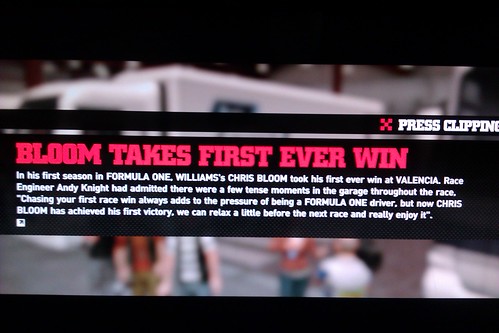At the start of the 2011 F1 season the new Pirelli tyres were and unknown quantity. Everybody seemed unsure of how long they would last in a race and we looked forward to seeing plenty of overtaking due to different choices of pit strategy. It was expected that some drivers might try to make their tyres go as far as possible and have as few pit stops as possible while others would pit often so they always had fresh rubber on their car.
In China in particular we saw the different strategies play out. Sebastian Vettel chose to make two stops and just before the end of the race he was passed by Lewis Hamilton who had made three stops and was faster as he was on fresher rubber.
Since then the leading teams seem to be taking a more uniform approach to pit strategies with most drivers making their stops at roughly the same time. I think the car designers & engineers are also doing a better job, setting up the cars so they are kinder on their tyres. Admittedly some of the mid-field are still experimenting with contra strategies but this is not having any influence on the top half dozen finishing positions.
Because everybody is doing the same thing it does seem a bit pointless to have these mandatory pit stops and the obligation to use both types of tyre compounds. Lets go back to having no scheduled pit stops, give each driver a set of tyres and a full tank of fuel and let them race out on the track!
In China in particular we saw the different strategies play out. Sebastian Vettel chose to make two stops and just before the end of the race he was passed by Lewis Hamilton who had made three stops and was faster as he was on fresher rubber.
Since then the leading teams seem to be taking a more uniform approach to pit strategies with most drivers making their stops at roughly the same time. I think the car designers & engineers are also doing a better job, setting up the cars so they are kinder on their tyres. Admittedly some of the mid-field are still experimenting with contra strategies but this is not having any influence on the top half dozen finishing positions.
Because everybody is doing the same thing it does seem a bit pointless to have these mandatory pit stops and the obligation to use both types of tyre compounds. Lets go back to having no scheduled pit stops, give each driver a set of tyres and a full tank of fuel and let them race out on the track!
